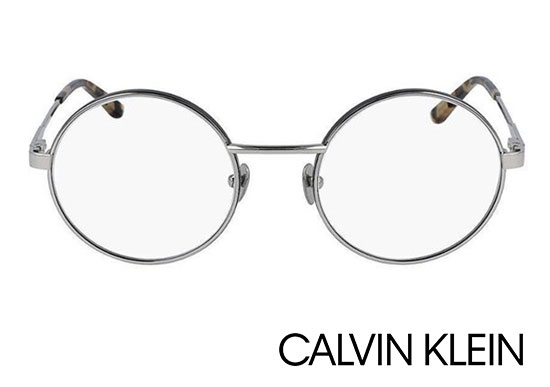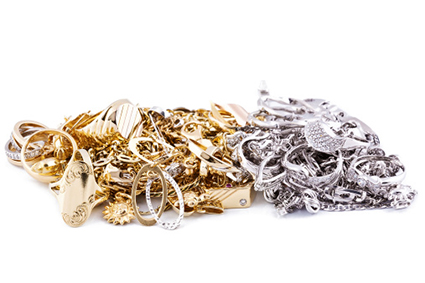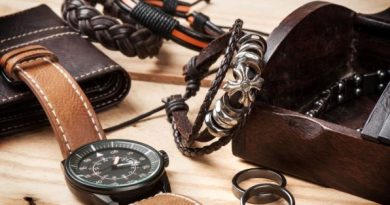When were the first eyeglasses made?
Problems related to sight and vision have one standard solution; prescription glasses. According to an estimate, there are 164 million adults in the US who wear eyeglasses regularly. The number shows that eyeglass has become an unavoidable need of many people.
Contents
History of eyeglasses
But what would be life without glasses? How on Earth people survived before the invention of eyeglasses? Let’s get answers to these questions:
High quality prescription glasses was not the norm ages ago. The exact history of eyeglasses is unknown, but Romans started using glass to bring convenience in reading small texts. They used magnifying glasses to increase their reading capacity.
Nero and shiny emerald
It is also known that Roman king Nero used a shiny emerald to see the gladiators fight in sunlight. He used to place it over his eyes to avoid the sun’s bright rays to see the fight clearly. Nero also used to read books by a large glass bowl filled with water. This brilliant method helped him in reading books more clearly.
Reading stones
In 100 C.E., reading stones got fame immediately. They were convex-lens with a flat smooth bottom. People used to place it over the text, and the readability was improved because of magnification.
Framed lenses
In the late 13th century, those convex lenses were fixed into different kinds of frames. These frames were either wooden or made from horns or leather. Then they were held by the user in front of their eyes while reading or watching something. Priests mostly used these lenses.
Wearable eyeglasses
In the mid 14th century, wearable eyeglasses were adopted. They were two magnifying lenses connected by a hinge that was placed over the nose. Different paintings and illustrations prove that this kind of eyeglasses were used by monks and priests.
Reading spectacles
Started in Italy, this wonderful invention was passed to the neighboring countries, and it started evolving. In England, producers started offering reading glasses for senior citizens (over the age of 40).
In the early 16th century, nearsightedness was resolved by using concave lenses. Farsightedness already had a solution; a convex lens. Now vision problem was somehow resolved, but there were other issues regarding the proper usage and fitting of the eyeglasses on the face.
Wearing problems
Once the usage of eyeglasses started, the main problem was that it was difficult to carry and hold those pairs on the face. Different countries sorted it out in their ways. Spanish producers gave the idea of tying the silk ribbons to the ears. Chinese used to tie small weights on the edges of stripes to make them stable. An English eyeglasses manufacturer laid the foundation of modern eyeglass design. He used two compact rods to connect both lenses. These rods were placed on the ears. After two centuries, another designer added hinges to the rods, making them easy-to-fold and easy-to-carry. That designer also introduced colored lenses, mainly blue and green. He thought that colored lenses enhance vision. This idea, later on, laid a foundation for the sunglasses.
Bifocal lenses
Bifocal lenses were the next step in the pace of development. It allows the person having issues of both farsightedness and shortsightedness at the same time to use a single pair of glasses rather than two. This included different lenses in a single frame. It is believed to be invented by Franklin in the mid-1780.
Scissors style eyeglasses
Scissors-style eyeglasses also got popular. This type of glasses was specially designed for the people who hated wearing glasses all the time. They can be folded on a hinge just like scissors and placed in the pocket after reading. In the 19th century, eyeglasses were not available to everyone because they were handcrafted. But with the development of industry, the manufacturing of eyeglasses was also revolutionized. So the glasses were accessible for all rich and poor to cope with eye problems.
Modern evolutions
- After people got easy access to eyeglasses, designers brought up a lot of innovations in the designs. In 1900, this industry multiplied the lenses and frames production. People tried eyeglasses with the color, size, shape and material of their choice.
- The invention of sunglasses is also fascinating. China launched these glasses in the 12th century, but they were not invented mainly for protection from the sun rays. They were specially designed for the judges so that their expressions couldn’t be observed or predicted.
- After the 12th century, colored lenses were again launched for some medical purposes. These glasses were modified explicitly for persons suffering from color problems. Later, in 1929 manufacturers started introducing colored lenses eyeglasses for protection against sun rays.
- In the 1980s, plastic lenses were introduced. They are durable, convenient and lighter. Their slim appearance and attractive designs are the reasons why users rely on them. Glasses with a protective ability from exposure to screen light and glare are also in use. They protect the eyes from ultraviolet radiation and headache when screen time is high. Different shapes, such as cat eyes for women and round spectacles for men, have been introduced.
- The development of eyeglasses is still on its way. Manufacturers are bringing new ideas and things to the market.




